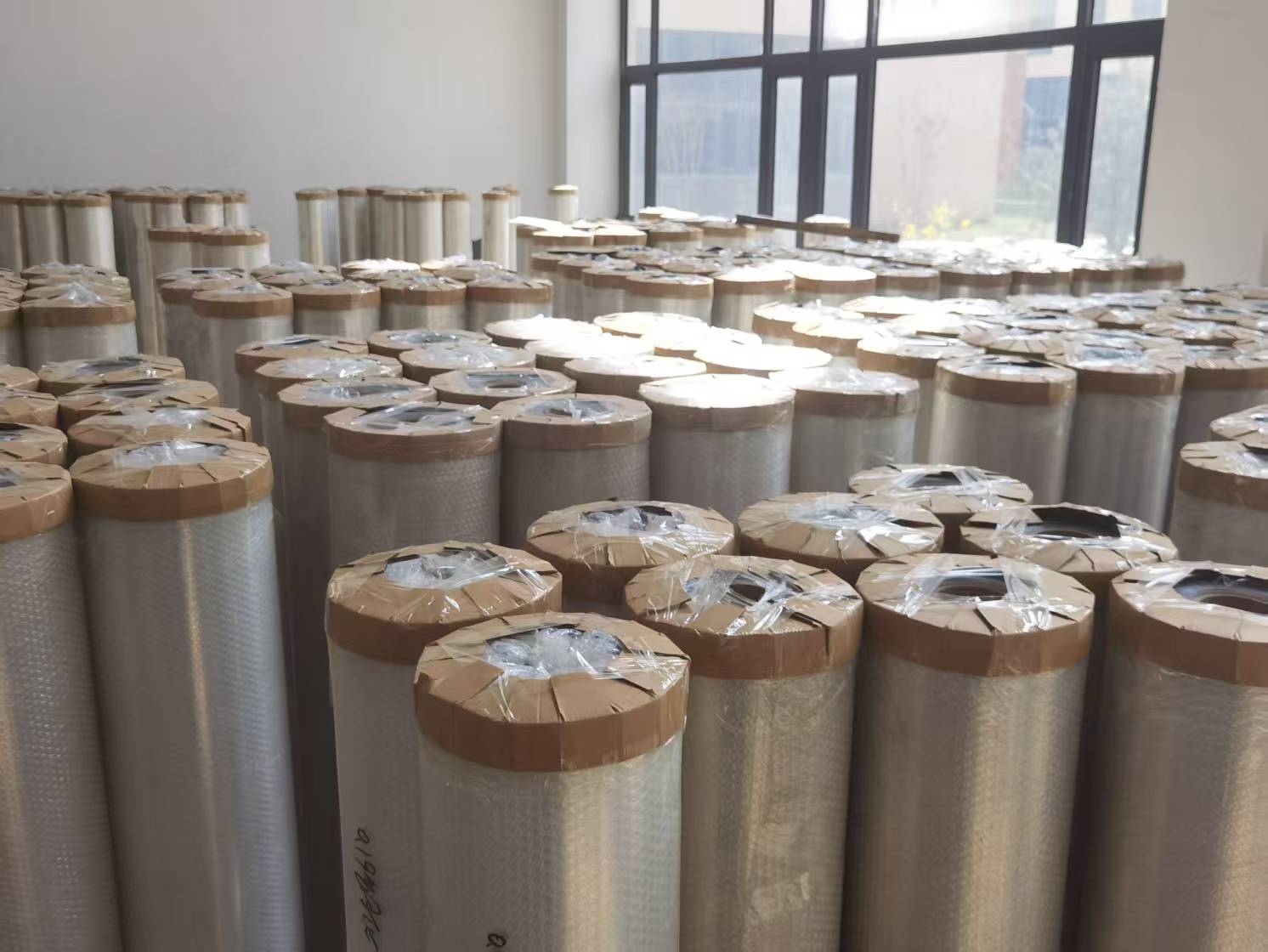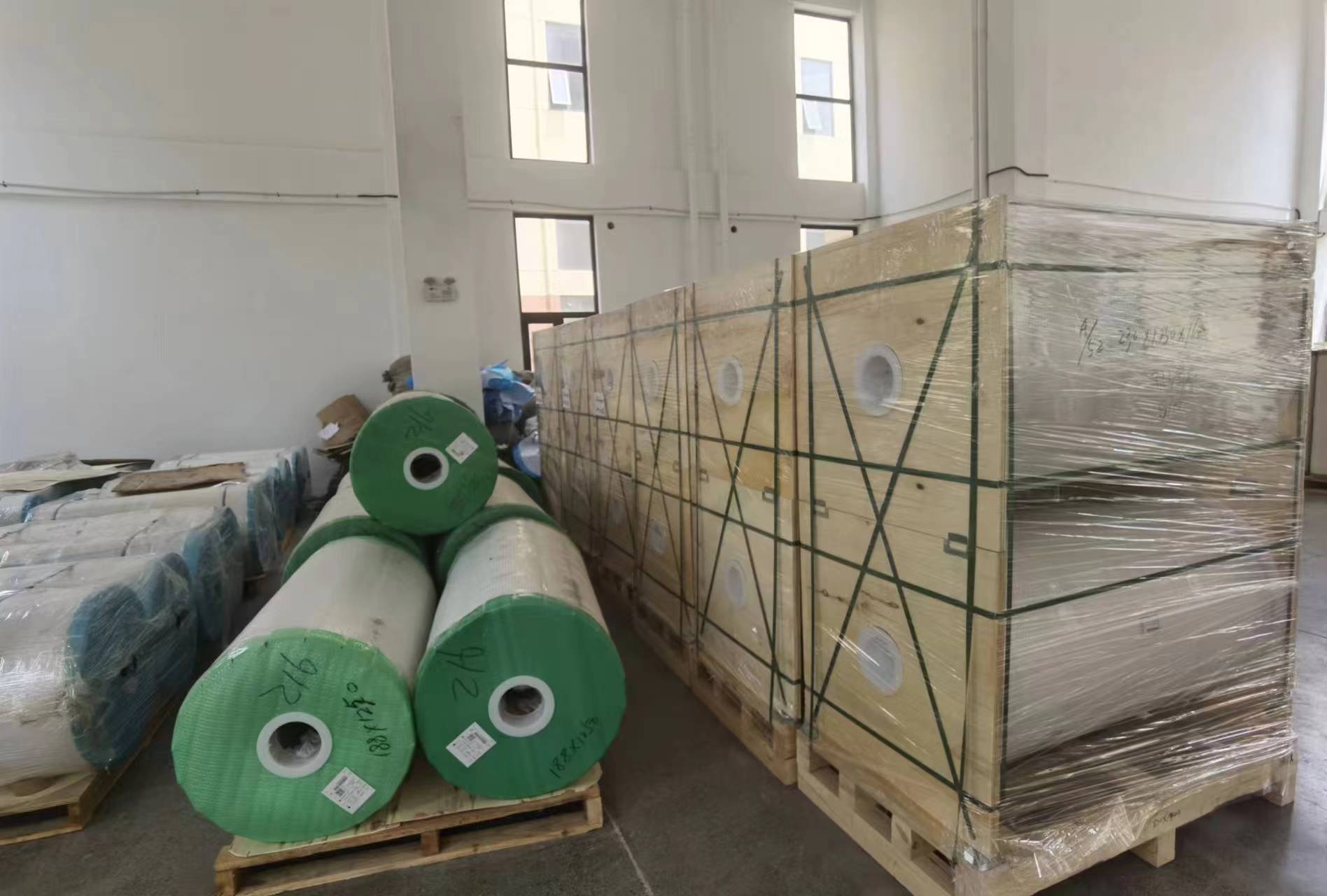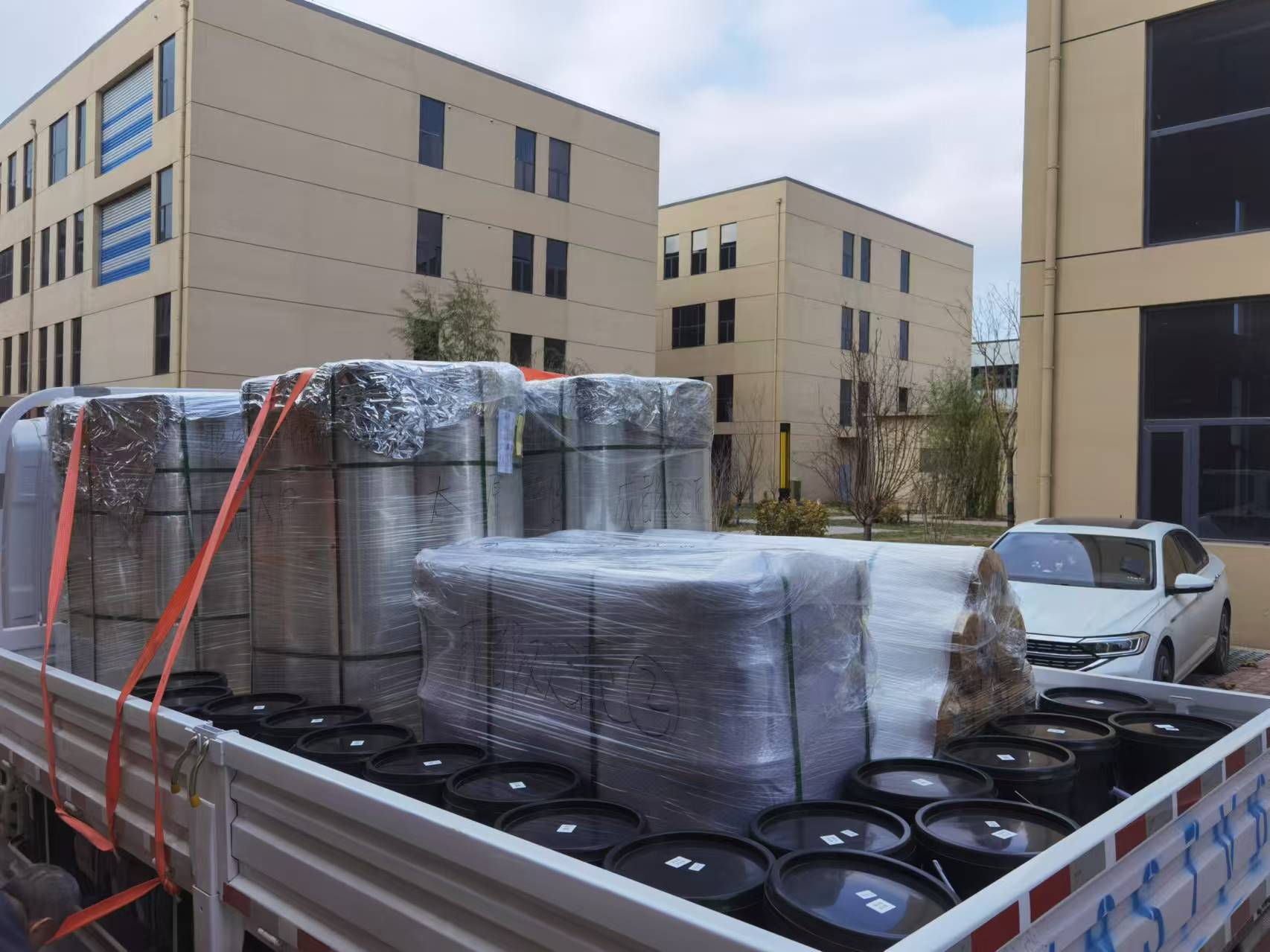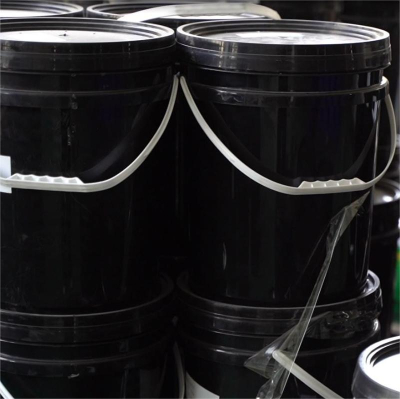release film
Easy to separate
protective effect
anti-sticking
Improvement of production efficiency
Reusable
- Easy to separate: The release film has low surface energy, which can make the covered material easily separate from other objects. In products such as labels and tapes, it can ensure that the labels can be smoothly removed from the substrate without residual adhesive when in use.
- Protection: It can protect the surface of various materials from damage such as scratches, pollution and oxidation. For example, in the production of electronic components, it can protect the surface of chips, displays and other precision parts, and in the field of construction materials, it can protect the surface coating of plates and profiles.
- Isolation and anti-adhesion: In many processes that need to prevent adhesion, release film can play a good role in isolation. Like in food packaging, it can prevent food and packaging materials from sticking; in rubber and plastic processing, it can prevent semi-finished products from sticking to each other during storage and transportation.
- Improve production efficiency: the use of release film can simplify the production process, reduce the time and cost of cleaning and dealing with adhesion problems. In some automated production lines, rapid material transfer and processing can be realized, improving overall production efficiency.
- Reusable: Some release liners can be reused after proper treatment, reducing the cost of use and meeting the concept of environmental protection. For example, in some specific industrial production, after cleaning and surface treatment of the release film can be reused in the production process.
Classification of Release Film
Classification by Material
- PET Release Film: with high transparency, high tensile strength and good chemical resistance, it is commonly used in electronics, optics and other fields.
- PP release film: soft texture, good water resistance and moisture resistance, widely used in packaging, labeling and so on.
- PE release film: with good flexibility and low temperature resistance, commonly used in protective film, agricultural film, etc.
Classified by release force
- Light release force release film: the release force is generally 1 - 10g/cm², suitable for occasions that do not require high adhesion and need to be easily peeled off, such as the temporary protection of some high-end electronic components.
- Medium Release Force Release Film: The release force is between 10 - 50g/cm², it is the most common type, widely used in labels, tapes and other products.
- Heavy Release Force Release Film: The release force is greater than 50g/cm², commonly used in situations where strong adhesion is required, such as the protection of some sealing tapes in the automotive industry.
Classification according to surface treatment
- Single-side release film: only one side has the function of release, the other side can be treated with adhesive or other surface treatment according to the need, commonly used for single-side adhesive products, such as single-side adhesive tape.
- Double-sided release film: Both sides have release properties, commonly used in some occasions that require isolation and protection on both sides, such as the production of some special composite materials.
- Silicone oil release film: The release effect is realized by coating silicone oil on the surface of the film, which is the most common type of release film with good release effect and high stability.
- Fluorocarbon Release Film: Fluorocarbon coating is used, which has higher chemical resistance, high temperature resistance and lower surface energy, and is suitable for some special fields with very high requirements for release, such as aerospace, high-end electronic manufacturing.
Product Specification | Release film is usually 7.5 silk and 12.5 silk thick, 7.5 silk normal specifications for about 500 meters, 12.5 silk in about 300 meters, the weight is about 70KG. |
appliance |
|
vantage point |
|











